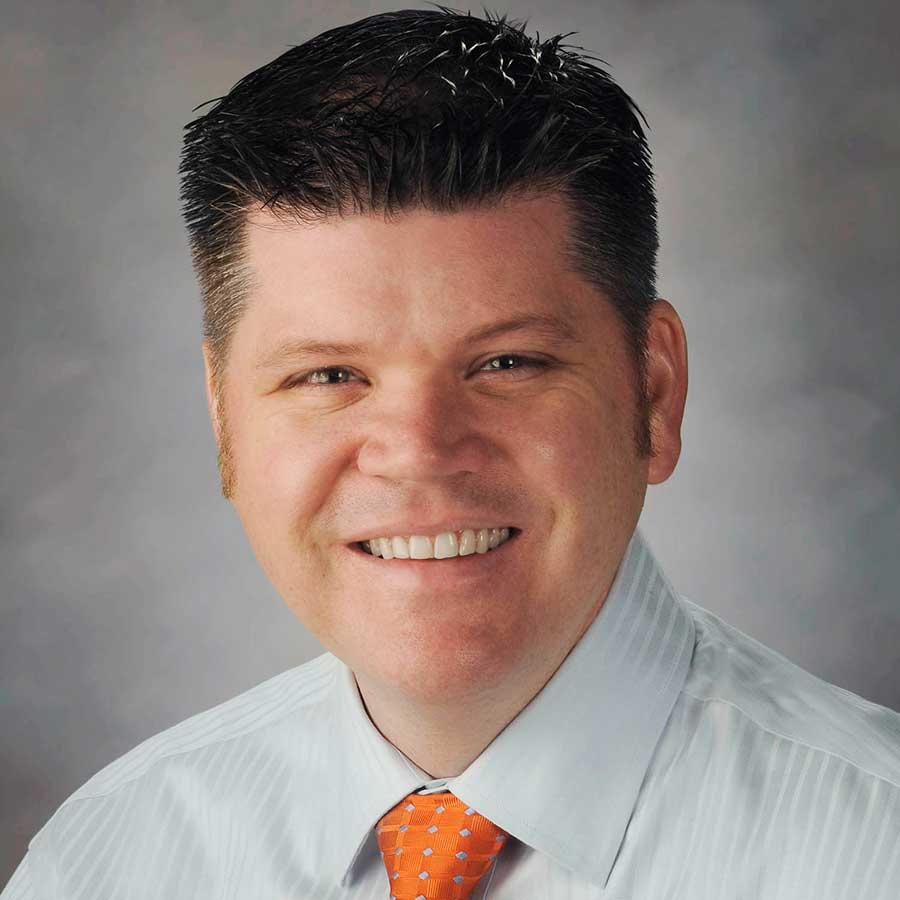Advances in cancer treatment mean that, today, more than 4 out of 5 children diagnosed with cancer will survive and remain cancer free for at least 5 years after diagnosis. Many of these children will ultimately be considered cured of their cancer. However, the chances of either developing a life-threatening health problem or dying early as a result of their treatment approaches 60% by age 50. Potential late effects include cardiovascular disease, second cancers, and premature menopause.
As a childhood cancer survivor, pediatric oncologist, and cancer research advocate, Greg Aune knows firsthand that cancer is not an acute disease but a lifelong problem. At age 16, he was diagnosed with Hodgkin lymphoma and was successfully treated after undergoing a year of chemotherapy and radiation treatments. However, he has experienced many late effects from his treatment, including infertility, stroke, and life-threatening heart disease. “My story is one of persistent personal frustration with the toxicities of chemotherapy and radiation,” said Greg. In fact, his cancer experience is what motivated him to become a pediatric oncologist and physician–scientist.
Anthracyclines, some of the most commonly used chemotherapy drugs in pediatric oncology, can severally damage the heart. Greg’s research focuses on identifying biomarkers of toxicity in the heart caused by these powerful drugs. Understanding this relationship will help researchers develop new strategies for detecting, preventing, treating, and managing cardiac disease in the large number of pediatric cancer survivors treated with anthracyclines.
The goal of current pediatric oncology research is to identify better targeted therapies that are less toxic. “My hope is that we’re at a point where we can not only offer children with cancer an opportunity for a cure, but a long life free of debilitating health conditions,” said Greg. “In no other field of medicine would the late effects we see in pediatric cancer be considered an unqualified success,” he added.
Until less-toxic therapies are developed, it is imperative for health care teams to educate the 420,000 U.S. survivors of childhood cancer about the possible late effects of their treatment and empower them to be active participants in their lifelong post-cancer health care.
